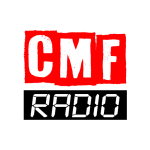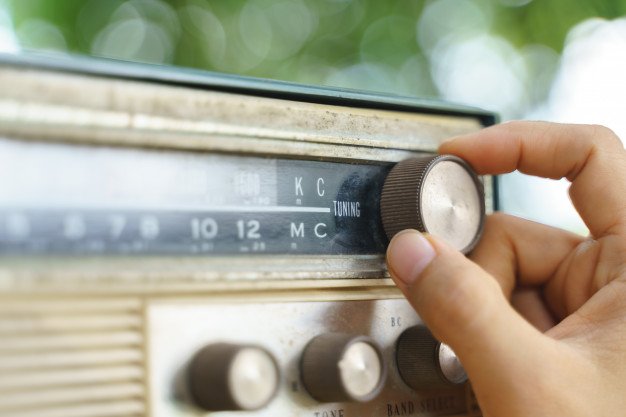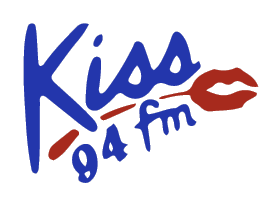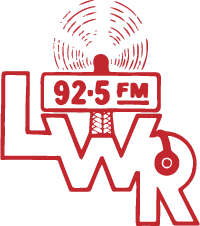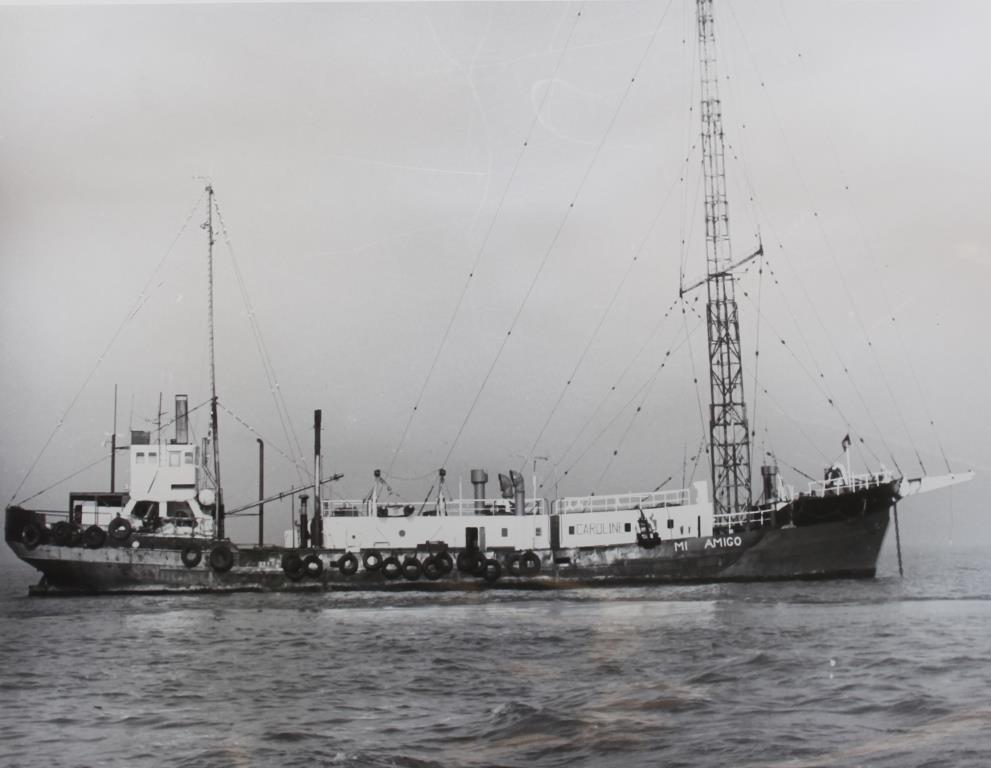Un site musical développé à Londres depuis 2020
Note: nous participons au programme Amazon Services Associates, un programme d’affiliation publicitaire qui nous permet de recevoir une commission en suggérant des produits commercialisés sur Amazon.com et les sites qui lui sont affiliés.
